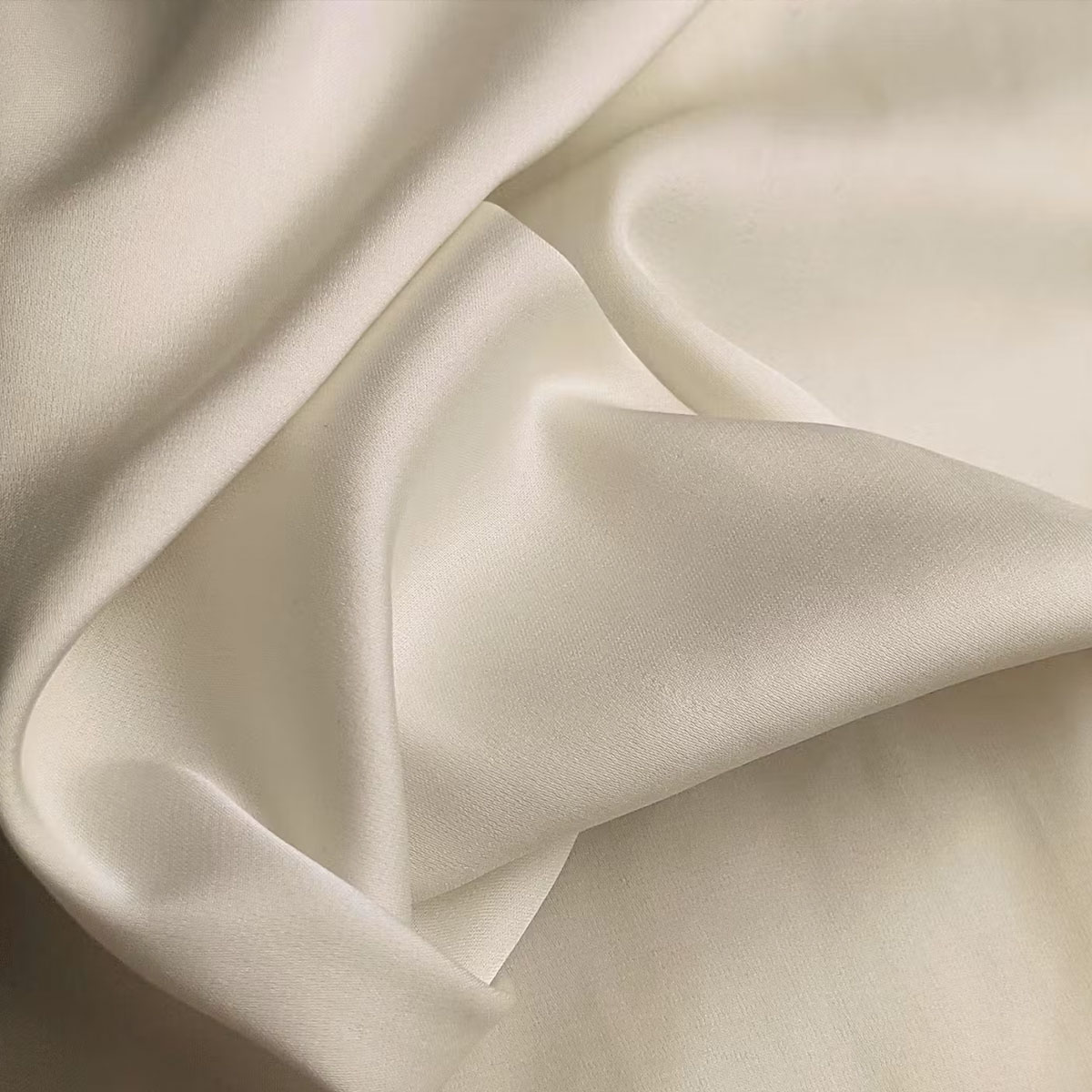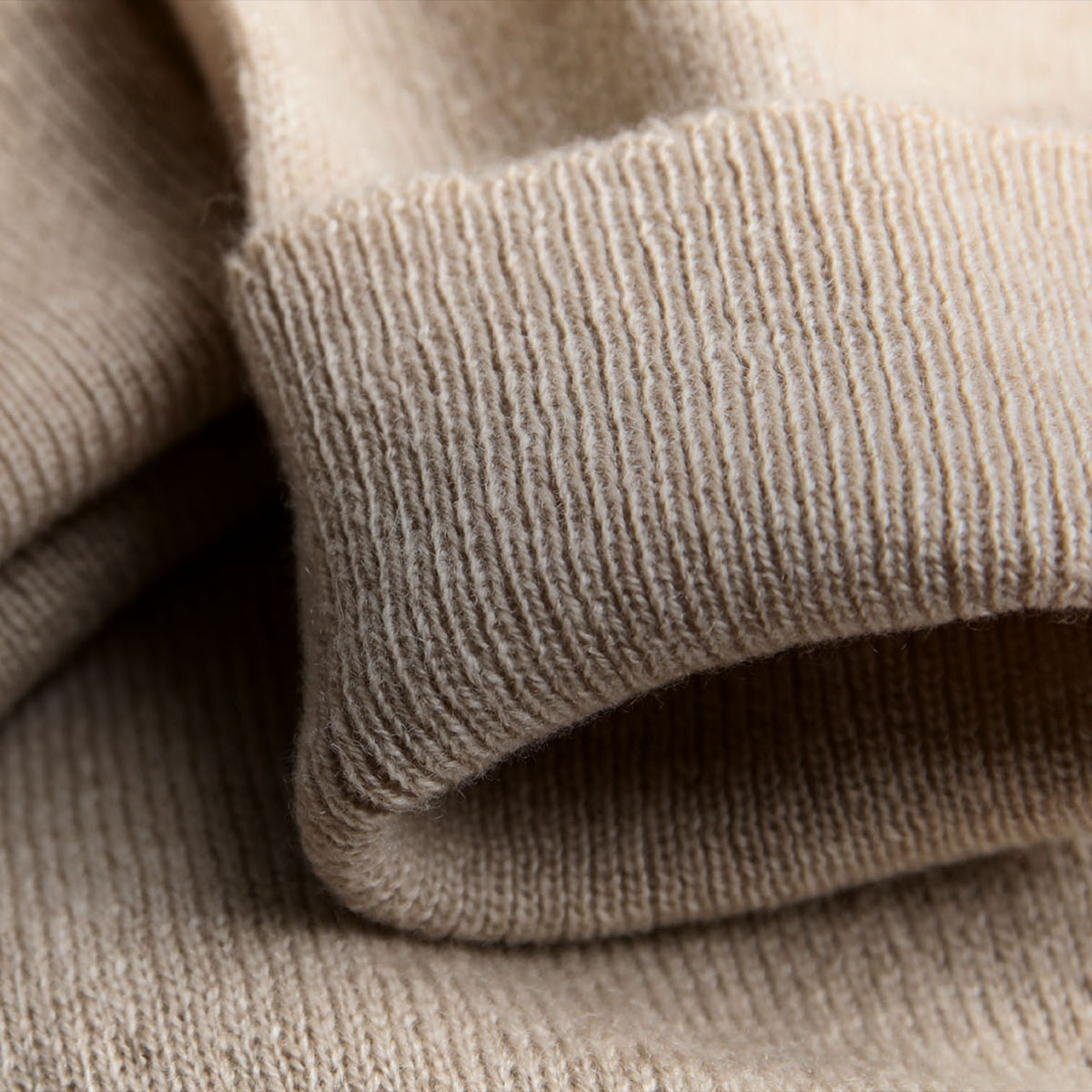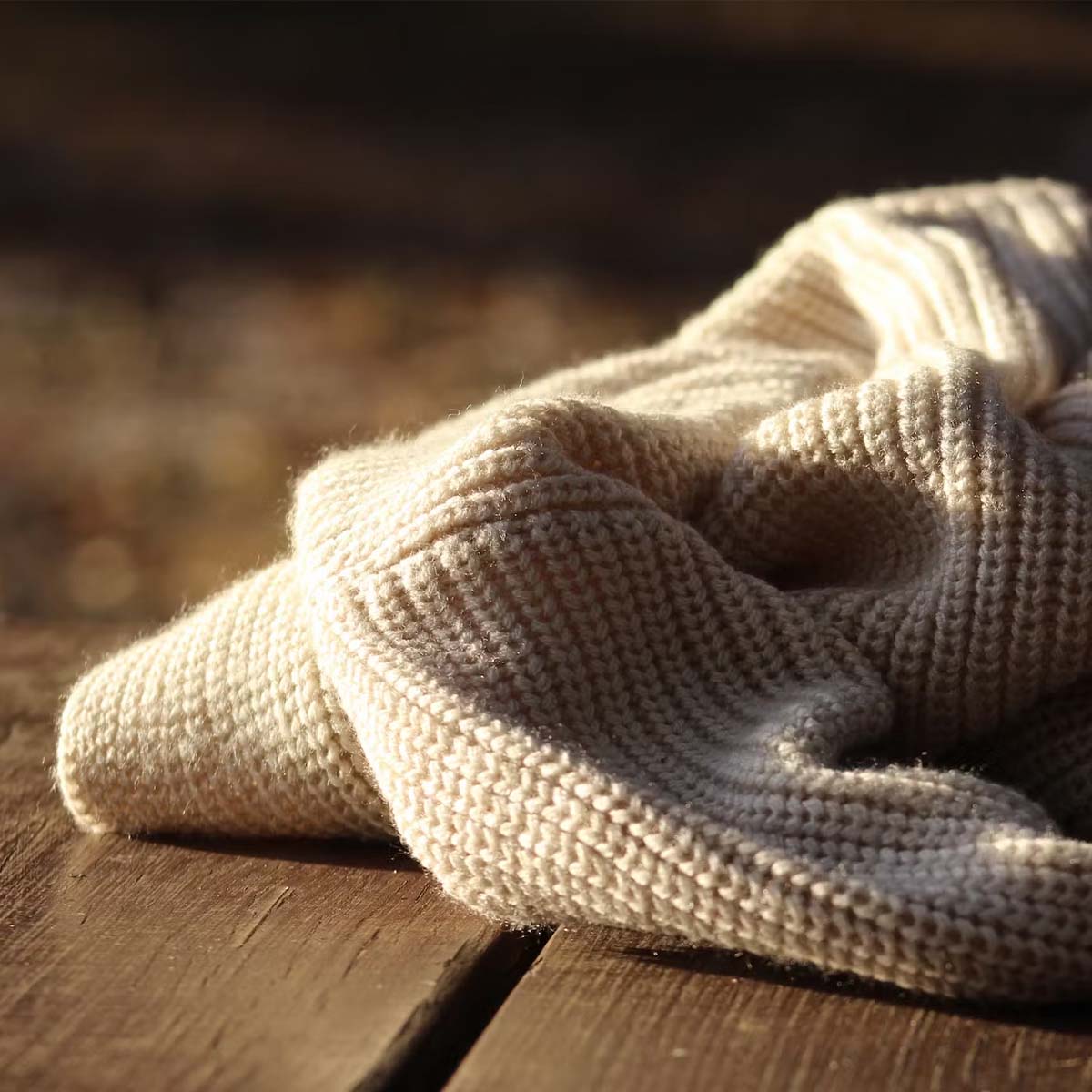Our qualities: Cotton
Traditional craftsmanship and the best materials come together to create the signature windsor. label. Since 1889, the company has been focussed on traditional values and top quality. The highest quality standards also reflects the use of premium fabrics. As one of the oldest crops in the world, cotton stands for the highest fibre quality and a perfect symbiosis of aesthetics and functionality. Only the best crops are selected from around 51 different types of cotton, which are then processed into exquisite garments. Pieces that impress with their comfortable feel, elegant aesthetics and high durability. Cotton has become an essential element of today's fashion and is also used by windsor. in a wide variety of ways, from simple cotton dresses and poplin trousers to jersey blazers and cotton blouses: The natural fibres seem to be as versatile as the plant’s numerous properties.
What does cotton look like in nature?
Contrary to the German word for cotton, ‘Baumwolle’, which literally translates as ‘tree wool’, in reality it grows on short bushes. It belongs to the mallow family (Gossypium spec.) and occurs naturally mainly in the tropics and subtropics. Its flowers are similar in shape to hollyhocks or hibiscus. However, given the high popularity of this tough fibre, these days cotton is grown worldwide. Thanks to many years of experimentation in hybridisation and cultivation methods, a wide range of crops has been created that not only works in tropical regions or seasonally, but can often be grown all year round.
What is it about cotton that makes it so popular?
1.
As with other types of natural fibres like cashmere or merino wool, the level of softness and feel is largely dependent on the length of the fibres. It could be said that the longer the fibre, the smoother and therefore softer the garment. As a natural fibre, cotton is also breathable and flexible. These properties and its outstanding wearing comfort make cotton one of the most popular fibres in the world.
2.
Sensitive skin demands hypoallergenic fabrics that are gentle and do not cause any additional irritation. As a natural material, cotton is one of the most skin-friendly fibres, and it is not only used in fashion but also in medicine. Even dermatologists recommend cotton for sensitive skin.
3.
Ideal for all seasons. Cotton has a moisture-regulating effect, especially in summer when the temperature rises. Alongside other textiles including cashmere and merino wool, cotton can absorb a high proportion of its own weight in moisture - as much as 20 per cent. For this reason, cotton also rarely feels wet; This is a valuable property that contributes to the natural fibre’s high levels of wearing comfort.
4.
Today more than ever, sustainability and the timelessness and longevity of fashion associated with this play a key role. Garments that are both versatile and hard-wearing are the order of the day. The fibres in cotton make it more resistant than synthetic products. Cotton can and should be washed frequently. The fibres often appear even softer after repeated washing.
What is it about cotton that makes it so popular?
1.
As with other types of natural fibres like cashmere or merino wool, the level of softness and feel is largely dependent on the length of the fibres. It could be said that the longer the fibre, the smoother and therefore softer the garment. As a natural fibre, cotton is also breathable and flexible. These properties and its outstanding wearing comfort make cotton one of the most popular fibres in the world.
2.
Sensitive skin demands hypoallergenic fabrics that are gentle and do not cause any additional irritation. As a natural material, cotton is one of the most skin-friendly fibres, and it is not only used in fashion but also in medicine. Even dermatologists recommend cotton for sensitive skin.
3.
Ideal for all seasons. Cotton has a moisture-regulating effect, especially in summer when the temperature rises. Alongside other textiles including cashmere and merino wool, cotton can absorb a high proportion of its own weight in moisture - as much as 20 per cent. For this reason, cotton also rarely feels wet; This is a valuable property that contributes to the natural fibre’s high levels of wearing comfort.
4.
Today more than ever, sustainability and the timelessness and longevity of fashion associated with this play a key role. Garments that are both versatile and hard-wearing are the order of the day. The fibres in cotton make it more resistant than synthetic products. Cotton can and should be washed frequently. The fibres often appear even softer after repeated washing.
How to care for cotton
1.
As with other types of natural fibres like cashmere or merino wool, the level of softness and feel is largely dependent on the length of the fibres. It could be said that the longer the fibre, the smoother and therefore softer the garment. As a natural fibre, cotton is also breathable and flexible. These properties and its outstanding wearing comfort make cotton one of the most popular fibres in the world.
2.
Cotton is best dried in the fresh air. Before hanging up the garment by the seams, it is recommended that you shake it well beforehand. However, compared to cashmere and merino wool, cotton is not completely crease-resistant after it’s dry.
3.
This much-loved natural fibre is easy to iron though. The best way to do this is to slightly dampen the fabric, so that the result remains smooth for longer. When ironing, it is important to ensure that the iron is not at a temperature above 200 degrees. This corresponds to the second point on the scale for standard irons. However, to be on the safe side, you can also steam the cotton fabric for a gentler result.
How to care for cotton
1.
As with other types of natural fibres like cashmere or merino wool, the level of softness and feel is largely dependent on the length of the fibres. It could be said that the longer the fibre, the smoother and therefore softer the garment. As a natural fibre, cotton is also breathable and flexible. These properties and its outstanding wearing comfort make cotton one of the most popular fibres in the world.
2.
Cotton is best dried in the fresh air. Before hanging up the garment by the seams, it is recommended that you shake it well beforehand. However, compared to cashmere and merino wool, cotton is not completely crease-resistant after it’s dry.
3.
This much-loved natural fibre is easy to iron though. The best way to do this is to slightly dampen the fabric, so that the result remains smooth for longer. When ironing, it is important to ensure that the iron is not at a temperature above 200 degrees. This corresponds to the second point on the scale for standard irons. However, to be on the safe side, you can also steam the cotton fabric for a gentler result.
Five important forms of cotton:
Denim
Denim is one of the most hard-wearing cotton fabrics. As early as the mid-19th century, jeans became established as workers' clothing. From wide leg denim and flared jeans to skinny jeans: To this day, numerous cuts and variations of jeans are still being created. This makes denim extremely versatile and easy to combine, suitable for every occasion and timeless, perfect for both casual and special occasions with classic counterparts such as a jersey blazer.
Corduroy
This well-loved natural fibre can, of course, be ironed without any problems. The best way to do this is to slightly dampen the fabric, so that the result remains smooth for longer. When ironing, it is important to ensure that the iron is not at a temperature above 200 degrees. This corresponds to the second point on the scale for standard irons. However, to be on the safe side, you can also steam the cotton fabric for a gentler result
Five important forms of cotton:
Denim
Denim is one of the most hard-wearing cotton fabrics. As early as the mid-19th century, jeans became established as workers' clothing. From wide leg denim and flared jeans to skinny jeans: To this day, numerous cuts and variations of jeans are still being created. This makes denim extremely versatile and easy to combine, suitable for every occasion and timeless, perfect for both casual and special occasions with classic counterparts such as a jersey blazer.
Corduroy
This well-loved natural fibre can, of course, be ironed without any problems. The best way to do this is to slightly dampen the fabric, so that the result remains smooth for longer. When ironing, it is important to ensure that the iron is not at a temperature above 200 degrees. This corresponds to the second point on the scale for standard irons. However, to be on the safe side, you can also steam the cotton fabric for a gentler result
Poplin
Poplin trousers are also made from cotton. The plain weave fabric is characterised by fine cross ribs. This structure is created by the tightly set warp and a coarser weft yarn. Poplin is mainly found in outerwear and for the most part can instantly be identified by its canvas structure.
Gabardine
The worsted gabardine fabric is characterised by a diagonal weave with a tight warp setting. The versatile cotton material is used in both gabardine trousers and more elegant dresses. The warp and weft are usually dyed different colours so that the front and back of the fabric display a different colour.
Jersey
Most people are probably familiar with cotton in the form of jersey. The slightly ribbed fabric is often stretchy, soft and comfortable to wear next to the skin. Frequently used in the production of shirts, sweaters or cotton blouses, jersey offers countless styling options. It creates a sporty, elegant look, especially with denim.
Poplin
Poplin trousers are also made from cotton. The plain weave fabric is characterised by fine cross ribs. This structure is created by the tightly set warp and a coarser weft yarn. Poplin is mainly found in outerwear and for the most part can instantly be identified by its canvas structure.
Gabardine
The worsted gabardine fabric is characterised by a diagonal weave with a tight warp setting. The versatile cotton material is used in both gabardine trousers and more elegant dresses. The warp and weft are usually dyed different colours so that the front and back of the fabric display a different colour.
Jersey
Most people are probably familiar with cotton in the form of jersey. The slightly ribbed fabric is often stretchy, soft and comfortable to wear next to the skin. Frequently used in the production of shirts, sweaters or cotton blouses, jersey offers countless styling options. It creates a sporty, elegant look, especially with denim.
Styling ideas for cotton
For cotton classics






